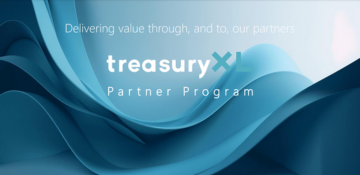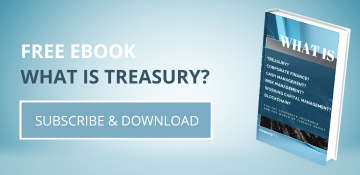OECD BEPS and Transfer Pricing – Differentiating In-House Bank interest depending on Balance Sheet
25-04-2024 | When companies set up Zero Balancing Cash pool structures, tax authorities are more and more scrutinizing In-House Banks solutions and applied interest spread


